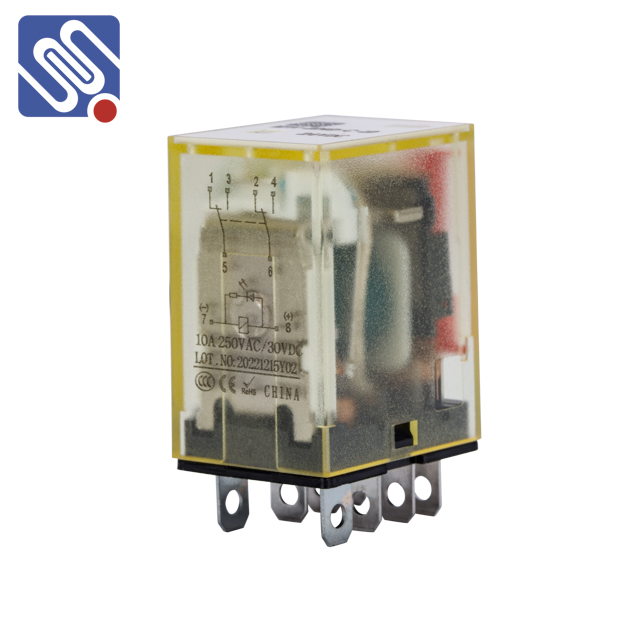understanding general-purpose relay: essential component in electrical and electronic systems
Release time:2025-11-16 20:14:59
A General-purpose relay is an electromechanical device used to control electrical circuits by opening or closing contacts in response to a control signal. Relays are integral to various electrical and electronic systems, enabling them to manage high-power circuits using low-power signals. They are versatile components widely used in industrial, automotive, home appliances, and telecommunications applications. In this article, we will explore the function, types, applications, advantages, and limitations of general-purpose relays.

What is a General-purpose Relay?
A general-purpose relay operates through the principle of electromagnetism. It consists of a coil, an armature, and a set of contacts. When current passes through the coil, it generates a magnetic field, pulling the armature and either opening or closing the contacts, depending on the relay's configuration. This allows a low-power control circuit to control the flow of high-power current to an external load.
Relays come in various configurations, typically with a set of Normally Open (NO) and Normally Closed (NC) contacts. The NO contacts remain open when the relay is not energized and close when the coil is powered. In contrast, NC contacts are closed when the relay is not energized and open when the coil is powered. The flexibility of these contacts makes the general-purpose relay an ideal choice for a variety of switching needs.
Next article:there is none left!
Return to List

